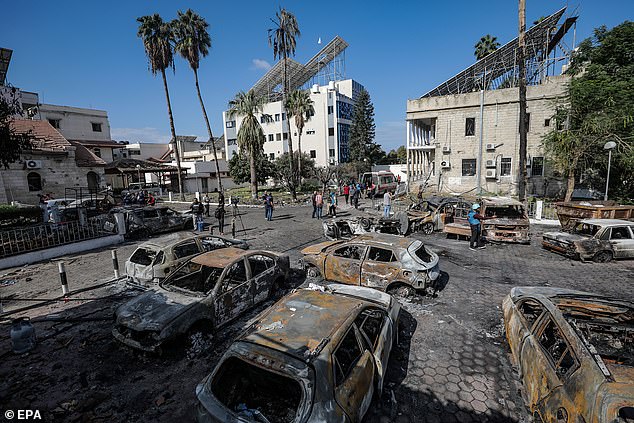The recent conflict in Gaza has proven once again that social media are a real battleground. In this battleground, conflicts are fought hand in hand with the physical ones. All combatants want to prevail in the virtual domain as this will give them superiority in the struggle to achieve cognitive effects.
While following social media, the international audience was getting informed in real time about the attacks and raids that Hamas executed, raids that reminded practices of the Middle Ages. On the screens of our phones and our computers, we could witness the events and experience them as they were streamed either by the Hamas operatives or by the victims of the assault. The directness and the savagery of the raw material that was broadcasted created the effect that the public from around the world could relate to the suffering people. People going through their daily routines or dancing carelessly suddenly had to face death or captivity.
This effect raised strong sympathy for Israel and an outcry for Hamas. Governments and politicians around the world didn’t have to explain why they stand for the right of Israel to defend itself and its right to launch an armed response against the Hamas stronghold.
On the other hand, once the bombing runs in the densely populated Gaza started, images of suffering civilians emerged and created a counter-wave of sympathy, this time towards Palestinians. This sympathy was coming even from people who were condemning Hamas’ terrorism.
Regardless of the audience’s views, all sides are using social media to receive news about the conflict as the information is reachable unfiltered and in real-time. In that information environment, the spread of disinformation is dominant. One can find several versions or interpretations for any incident and event.
An example is the destruction of the “al-Ahli Arab” hospital. The claims, originating from Hamas, that the hospital was bombed by Israel, causing the death of up to 500 unarmed citizens, were countered by Israel. There are indications that the damage was done by a misfired Hamas rocket and that the death toll couldn’t be more than 50 people.

Burnt-out cars at the site of the hospital in Gaza, the day after the blast. Photo credits: Mohammed Saber/EPA
Both sides present their evidence in social media, only to create theories spread from unofficial accounts, which can be attributed to being affiliated with a combatant side. These theories sometimes lack any logic or reasoning. Nevertheless, they seem to serve their purpose. Initially, they aim to attract the attention of the undecided people who haven’t decided who they should support in the conflict. Secondly, they aim to appeal to and augment the cognitive bias of those who have already taken sides.
Most people will not seek evidence or try to check the validity of the information they are presented with, especially when this information follows their worldview and their previously established opinion. People lack the time and the motivation to pursue genuine information on most subjects. They will accept and embrace the first truths that confirm their previous perceptions. As these people will gladly consume disinformation that matches their opinion, any side that wants to prevail in the cognitive domain needs to release and spread information on any trending topic, regardless of whether it is genuine or fabricated. Theories without evidence backing them aim to prevail in the information environment by creating confusion and achieving or utilising the “confirmation bias”.

Screenshot from Al Jazeera broadcast taken October 19, 2023
Finally, as this information has no official or attributable source, no one’s credibility is damaged. When the facts are established in the near or distant future, the spread of disinformation will not have any negative consequences. Still, it will have already created cognitive effects on the information battle waged in social media.
By Smilianis Christos*
* Smilianis Christos is a training manager in the Greek Army with specialisation and experience in Strategic Communications and Public Affairs. He is a PhD candidate at the Aristotle University of Thessaloniki in Strategic Communications and a PhD Fellow at the Doctoral School of the European Security and Defence College (ESDC).
Serves in the Hellenic MPSOTC as a NATO-trained StratCom trainer. He has designed, developed, organised and conducted dozens of international training courses and seminars.




